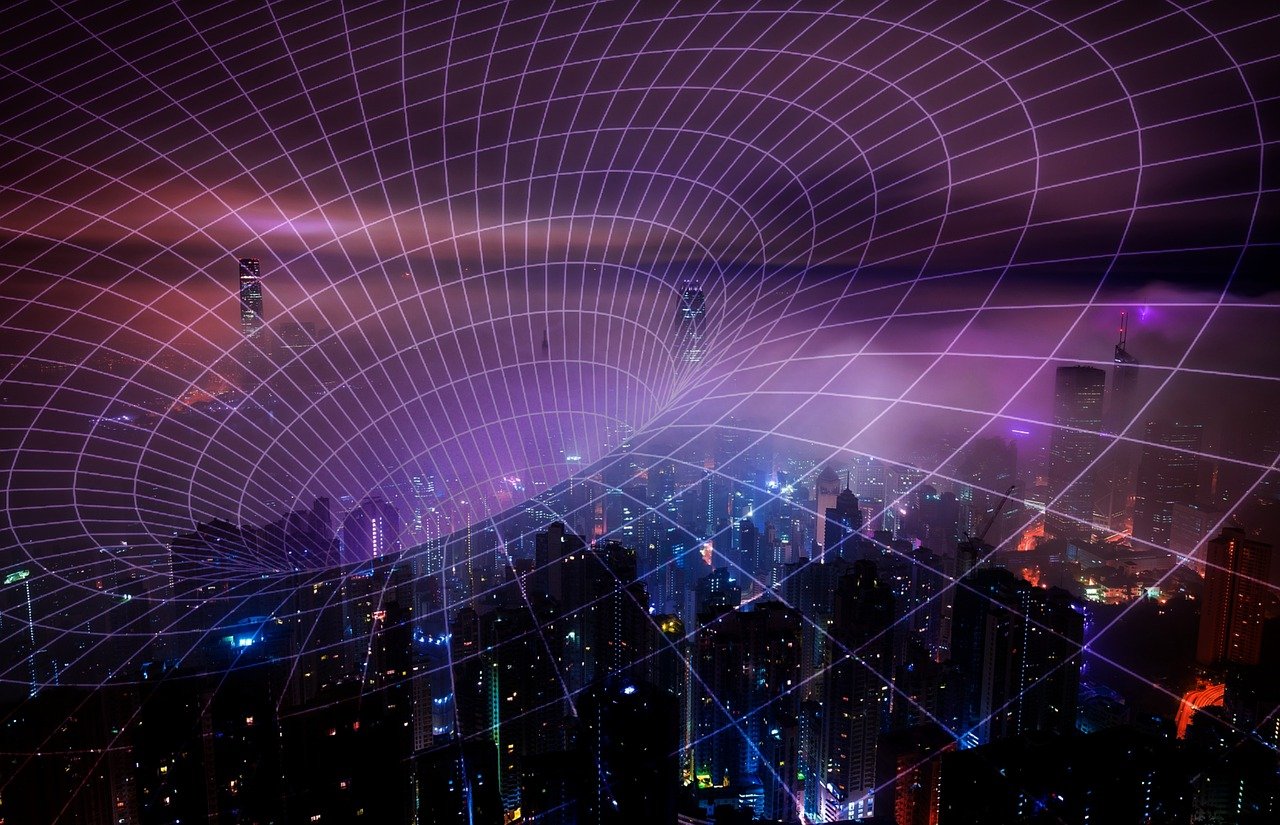In the ever-evolving landscape of technology, one term has been making waves across industries and societies alike: 5G technology. Often referred to as the fifth generation of wireless technology, 5G is more than just an upgrade; it’s a monumental leap forward in connectivity. This article dives deep into the world of 5G, exploring its implications, applications, and the ways it’s revolutionizing connectivity.
Decoding 5G Technology: Revolutionizing Connectivity
At its core, 5G technology is all about speed, capacity, and low latency. Unlike its predecessor, 4G, which primarily focused on faster internet speeds, 5G is a game-changer that introduces ultra-low latency and the ability to connect a massive number of devices simultaneously. It achieves this through advanced radio technology, network architecture, and innovative infrastructure.
The Building Blocks of 5G
To understand how 5G is revolutionizing connectivity, let’s break down its fundamental components:
1. Millimeter-Wave Frequencies
5G harnesses millimeter-wave frequencies, a much higher spectrum range compared to previous technologies. These high frequencies enable data transfer at incredible speeds, laying the groundwork for real-time communication and seamless device interactions.
2. Small Cell Deployment
Decoding 5G Technology: Revolutionizing Connectivity involves a dense network of small cells. These compact base stations are strategically placed in urban areas, stadiums, and crowded spaces, ensuring consistent coverage and high-speed connectivity.
3. Massive MIMO (Multiple Input Multiple Output)
Massive MIMO is another key feature of 5G. It utilizes a large number of antennas to transmit and receive signals simultaneously. This not only boosts connection speeds but also enhances network capacity, making it ideal for crowded events and urban environments.
4. Network Slicing
One of the most intriguing aspects of 5G is network slicing. This technology allows network operators to create multiple virtual networks on a shared physical infrastructure. Each slice can be customized to serve specific use cases, such as IoT devices, autonomous vehicles, and augmented reality applications.
Unleashing Transformative Potential
The impact of 5G reaches far beyond faster download speeds. Its transformative potential is reshaping various industries and aspects of our lives:
1. Healthcare
Decoding 5G Technology: Revolutionizing Connectivity in healthcare opens doors to remote surgeries, real-time patient monitoring, and telemedicine. Surgeons can operate on patients from different parts of the world, leveraging the low latency and reliability of 5G networks.
2. Smart Cities
5G is a cornerstone of smart city development. With its ability to connect countless sensors, devices, and infrastructure, cities can optimize traffic flow, reduce energy consumption, and enhance public safety through real-time data analysis.
3. Entertainment and Media
The entertainment industry benefits from 5G’s high bandwidth and low latency. Augmented reality experiences, seamless 4K streaming, and immersive virtual reality gaming become a reality, blurring the lines between the digital and physical worlds.
4. Manufacturing and Industry 4.0
Decoding 5G Technology: Revolutionizing Connectivity in manufacturing leads to the era of Industry 4.0. Autonomous robots, IoT-enabled sensors, and connected machinery streamline production processes, increase efficiency, and minimize downtime.
FAQs
Can I upgrade my current device to use 5G?
Absolutely. However, your device needs to be 5G-compatible. If it’s not, you might need to invest in a new smartphone or other compatible hardware.
Is 5G available everywhere?
While 5G is rapidly expanding its coverage, it might not be available in all areas yet. Urban centers often have better coverage than rural regions.
What’s the main difference between 4G and 5G?
The primary differences lie in speed, capacity, and latency. 5G offers significantly faster speeds, higher device capacity, and ultra-low latency compared to 4G.
Are there any health concerns related to 5G?
Extensive research has been conducted, and the consensus is that 5G radiation is within safe limits defined by regulatory bodies. It’s no more harmful than previous generations of wireless technology.
How will 5G impact IoT devices?
5G is a game-changer for the Internet of Things (IoT). Its high capacity and low latency enable seamless communication between a vast number of IoT devices, fostering the growth of smart homes and cities.
Will 5G replace Wi-Fi?
While 5G offers impressive speeds, Wi-Fi will likely continue to serve as a crucial technology for local network connections, especially within buildings and homes.
Conclusion
Decoding 5G Technology: Revolutionizing Connectivity marks a pivotal moment in the history of technological advancement.
With its unprecedented speed, capacity, and transformative potential, 5G is set to reshape industries, enhance experiences, and pave the way for a more connected and efficient future.
Embracing this technology opens doors to innovations we’ve only dreamed of, making the seemingly impossible a reality.





